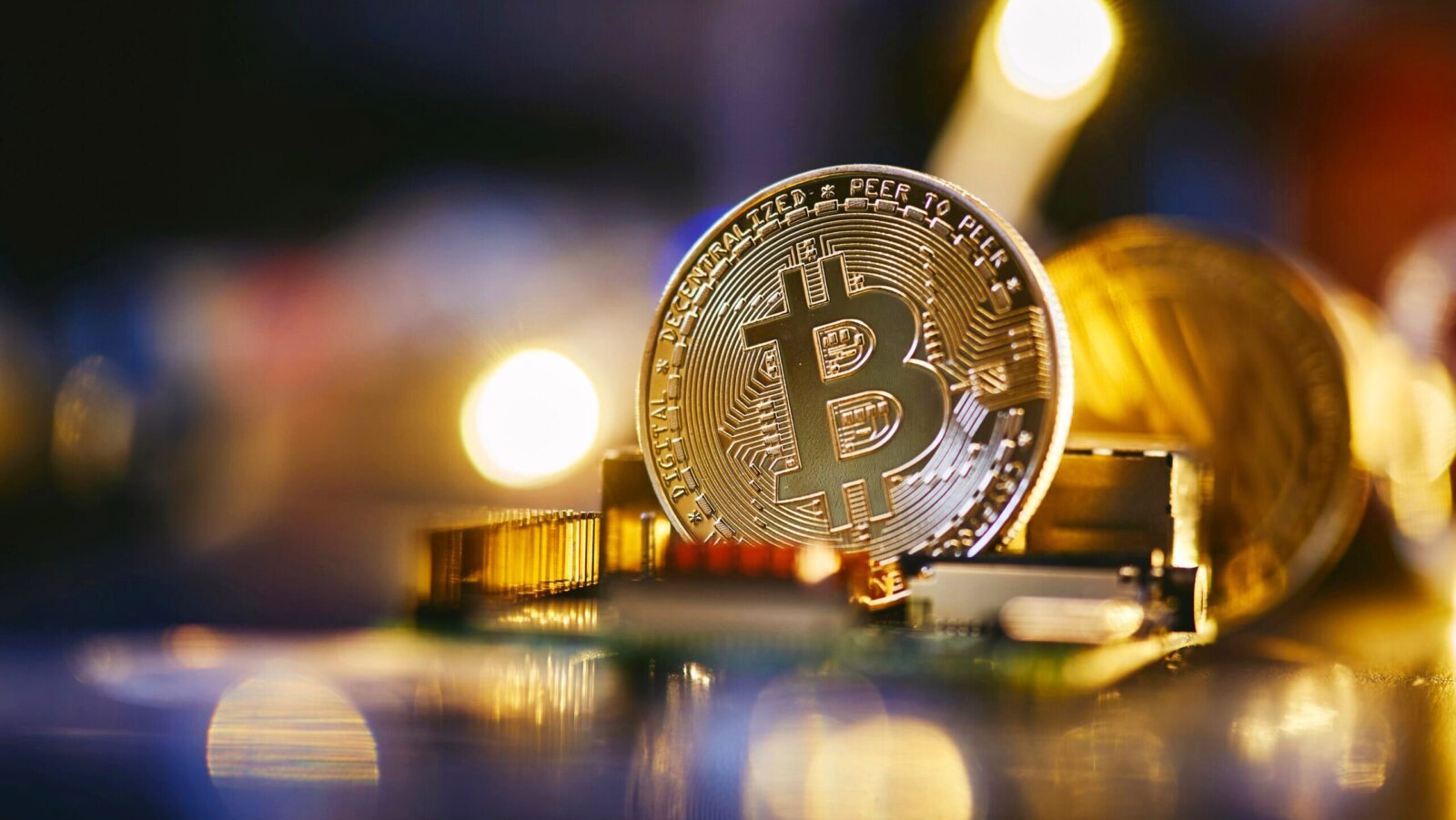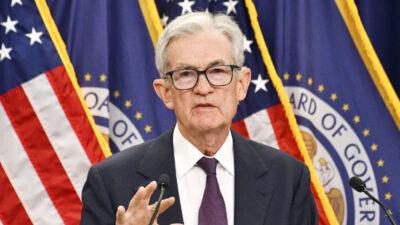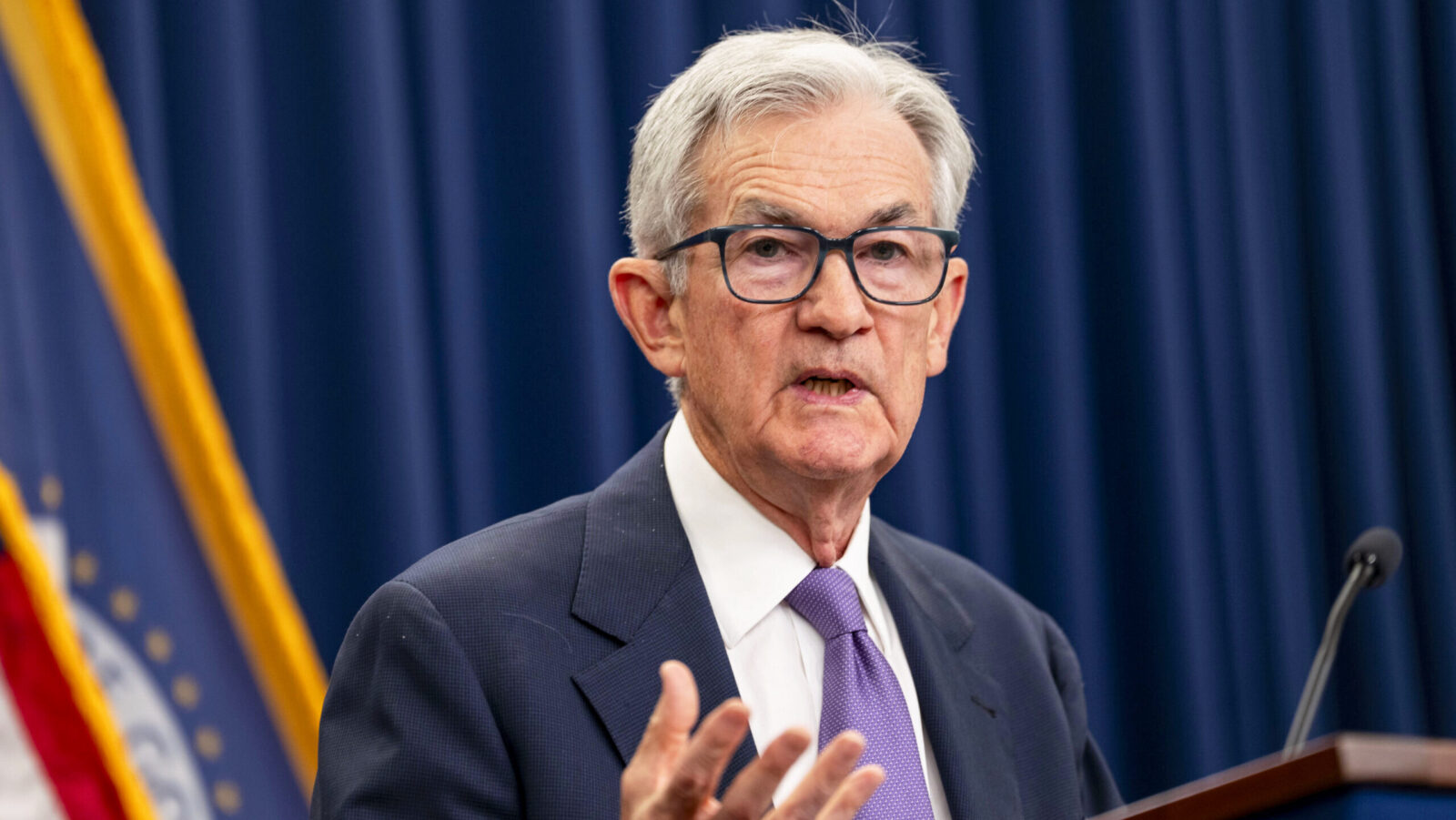Bet Your Bottom Dollar: Can the Sinking US Greenback Bounce Back?
The dollar is the most important currency on earth, adding up to 57.7% of global currency reserves in the first quarter.

Sign up for smart news, insights, and analysis on the biggest financial stories of the day.
On January 3, JPMorgan Asset Management wrote that, heading into 2025, the United States dollar had “defied gravity.”
Despite three Federal Reserve interest rate cuts last year, the greenback rallied 7% in 2024. (Lower rates often make the dollar less attractive to investors, who look for better returns in other currencies.)
We have since learned that a lot can change in six months. The US currency just completed its worst first-half return in 52 years, falling 10.8% through the end of June. In 1973, Richard Nixon was in office, and it was still five years before Christopher Reeve, never mind David Corenswet, would play Superman.
Through its resilient run last year, the dollar had advantages. The US economy outpaced its developed nation peers. Other central banks, looking to stimulate growth, embarked on their own, more aggressive rate-cutting sprees, and the end of 2024 saw the biggest gap between the US 10-year bond yield and the equivalent of its key trading partners since 1994, JPMorgan noted.
But nothing lasts forever, the bank’s analysts were quick to note, flagging that the “dollar has alternated between periods of strength and weakness, making a downturn likely at some point.” That’s proven the case in 2025; the question now is whether the greenback can, like the Man of Steel, defy gravity again or if, amid a wave of tariff uncertainty including levies on steel, there’s still a significant downside to come.
What a Buck is Worth
Why this all matters is pretty straightforward. The dollar is the most important currency on earth, accounting for 57.7% of global currency reserves in the first quarter, a slight decrease of about 10 basis points from the end of 2024, according to the International Monetary Fund (IMF). So, when something happens to the dollar, something happens to almost everything else.
Yeah, the cost of that €1.20 morning espresso on the Roman holiday you have booked next month has crept up all year. That weakened international purchasing power can also bite at home: For example, a weak dollar means it costs more to import oil, which can increase gas prices at the pump and pinch your wallet even if you opt against a Roman holiday.
But there can be an upside for some: Many US multinational companies (and with them, shareholders) can benefit from the weak dollar because their revenues denominated abroad are converted back to a softened greenback, good for the bottom line. A classic example is McDonald’s, which has historically done well with a weaker dollar (though not this year so far, as US consumers have turned sour on eating out due to economic worries).
Oil giant Schlumberger made nearly 80% of its revenue from international markets last year. Georgia-headquartered insurance company Aflac is one of the largest insurers in Japan and makes roughly 60% of its revenue from that market (the yen has gained more than 6% against the dollar this year).
The weak dollar can also be good for shareholders of foreign companies, which benefit from a currency advantage when converting to buy items denominated in dollars. In a May report, Trivariate Research identified 16 periods since 2001 when the dollar weakened 5% or more, and found the median performance of US equities was a rise of 7.5% during those periods. That was the sixth-worst performance among 55 regions the firm evaluated, with the best performers being equities in Greece (up 17.6%), Indonesia (up 17.5%), and Peru (up 16.4%).
The Source of the Gravitational Pull
The dollar sell-off, which has driven the currency to its lowest point since March 2022, has been tied to two very prominent things that you’ve read 15 Tolstoy novels worth about already this year: the radical realignment in US economic policies under a new administration, coupled with growing concerns about the US’ $36 trillion national debt and ballooning deficits.
Both of these factors have raised doubts about the traditional safe-haven role of dollar-denominated assets. On-and-off tariff warring, in addition to panicking markets in April, has dragged US growth forecasts lower. In April, the IMF slashed its projection for US GDP growth in 2025 to 1.8% from 2.7%, the steepest downgrade among developed countries.
Meanwhile, deficit concerns led Moody’s to downgrade US government debt in May, which led the country to lose its last perfect credit rating. (That’s also related to why US bond yields have climbed, flashing investor worries about the sustainability of America’s mounting debt.)
“The US dollar is the most notable loser so far this year as it has lost 10% against other currencies, with investor concerns regarding Trump’s policies having weighed on the greenback,” wrote analysts at Unicredit.
There’s also evidence to show institutions are building up defensive fortifications elsewhere: Central banks have ramped up their purchases of gold, a key dollar alternative, to 27 tons per month as of May, according to the World Gold Council. Other investors have also poured in: Gold exchange-traded funds garnered their largest first-half inflows in five years, amounting to $38 billion from January to June, the WGC said.
Bank of America analysts, in a note, dubbed gold-buying “a trend that we think is set to continue, especially amid uncertainty surrounding US tariffs and fiscal deficit concerns.”
The euro, meanwhile, has gained over 12% on the dollar this year, even as the European Central Bank has slashed interest rates and the Fed kept its rates steady. Some optimistic policymakers on the Old Continent, like Yannis Stournaras, a member of the ECB’s governing council and the governor of the Bank of Greece, have suggested the ascendant euro could emerge as a global reserve currency.
Where Does the Pull Go From Here?
Those who, like Stournaras, have hinted at the possibility of an end to “American exceptionalism” and “dollar hegemony” might be a tad ambitious, according to some analysts.
“Through statistically analyzing the dollar’s role, we clearly see that it remains the cornerstone of global trade and finance and is far from becoming irrelevant,” Wells Fargo analysts wrote. “We believe the dollar benefits from deeply entrenched advantages (such as rule of law, transparency and highly liquid financial markets) that make de-dollarization on a global scale an extremely difficult and slow process —especially since the most prominent dollar alternatives have fundamental weaknesses themselves.”
President Trump has variously expressed affection for a strong dollar — owing to the power and prestige it affords in global trade and finance — and a weakened one — because it would make US exports, roughly 11% of GDP last year, cheaper to the world and potentially boost domestic manufacturing.
As a result, some analysts are betting on a continued downward trajectory. TS Lombard, which recommends a short position on the greenback, went so far as to call it “the gift that keeps on giving.” “Trump’s attacks on the Fed and this administration’s explicit desire for a weaker dollar only reinforces this view,” wrote Daniel Von Ahlen, a senior macro analyst at the firm.
Other financial observers believe the dollar and the US economy only have so much downward trajectory in them. Bank of America expects limited downside for the currency in the second half of 2025, noting that — even if and when the Federal Reserve cuts rates — the rate differential with other central banks will remain and support the dollar’s appeal to investors seeking higher yields. There’s also the US economy, which has proven ever resilient despite the shock of tariff announcements. The Bureau of Labor Statistics reported last week that 147,000 jobs were added in June, besting economists’ expectations. That was 3,000 more jobs than were added in May, and led to the unemployment rate dropping month-over-month to 4.1% from 4.2%.
In fact, with that good news in its sails, the US dollar posted its first weekly gain against the Dollar Index basket of currencies in three weeks. That comes even as Trump has threatened to impose dramatic tariffs on trading partners, like a 50% levy on Brazil, a 25% levy on Japan, and a 35% levy on Canada. That may suggest that volatile trade standoffs are less likely to weigh on the currency than when markets were forced to adjust to the initial shock.











